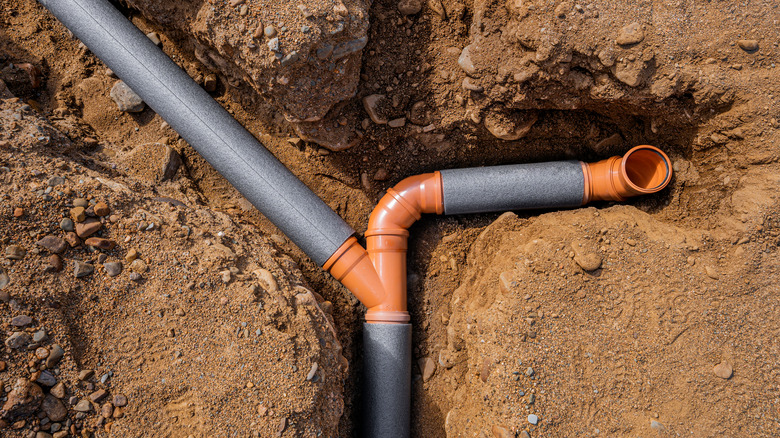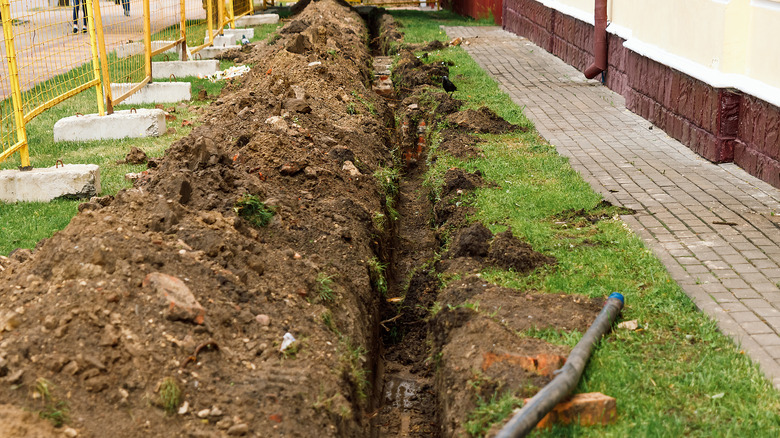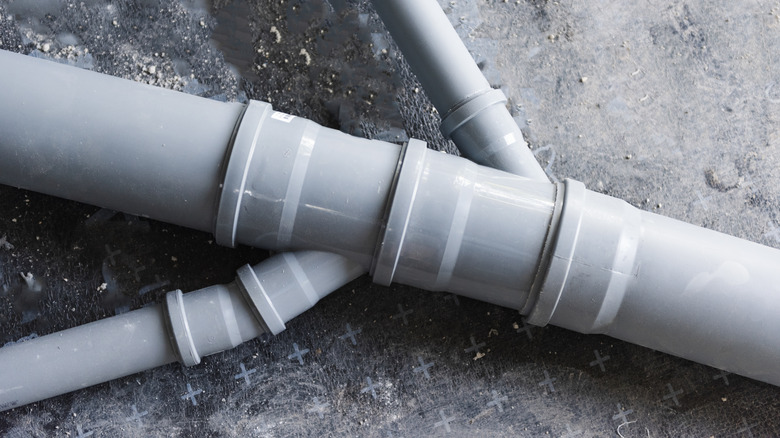What Is A Home Drain Tile System And How Does It Work?
When too much water collects around your home's foundation, it can cause structural damage. This is when a drain tile system comes in handy. These tiles aren't the same as normal tiles commonly used for flooring, wall coverings, or countertops. Also known as French drains or weeping tiles, drain tiles are designed to stop water from getting into your basement. They are typically installed underground to help protect structures from excess water (particularly in areas with high water tables or excessive moisture).
The components of a drain tile system work together to efficiently collect, redirect, and remove excess water from around your home's foundation. This helps to prevent water infiltration, mold growth, and structural damage, ultimately safeguarding your home and your family's health. This system can also help prevent costly damage to your home's crawl space and basement during severe rain or snow.
Drain tiles can be installed inside and outside of your property. Internal systems are usually located under your basement, while external systems are positioned around the exterior of your home's foundation. These systems direct water away from your house, keeping it dry and pleasant.
What are the main components of a drain tile system?
The plastic pipe is the most common type of tile drain pipe, which usually comes made from rigid or flexible plastic. These pipes are generally simple to install and maintain and usually have perforations that allow water to enter and be diverted away from the foundation.
Regardless of the type of drain tile pipe used, the primary goal is to prevent water damage by directing excess water away from a home's foundation. In a typical design, water can enter the pipe through the holes, but the solid parts stop the soil and other debris from clogging the system. Gravel typically surrounds the drain tiles, allowing water to enter the system. Additionally, the gravel prevents soil from entering the pipelines and causing obstructions.
A filter cloth, typically made of geotextile, is also wrapped around the gravel layer to prevent dirt and debris from entering the system and the drain tiles from becoming obstructed.
How does a drain tile system work?
Now let's look at how a drain tile system functions and how it prevents water from entering your home. Rain, melting snow, or groundwater can cause water to collect around your home's foundation, placing pressure on the walls. Due to this pressure, water can seep through fissures and seams in walls and floors. When you install drain tiles around the exterior of the foundation or beneath the basement floor, you prevent excess water from entering your home. Any collected water travels through the perforated drain tiles installed with a slight incline to aid water movement. The pipes direct water away from the foundation of your house, either to a specified discharge point or to the sump pit in your basement.
In an internal drain tile system, the sump pump, which is located in the trench, is turned on when water gets to the sump pit. The pump then expels the water out of your home through a discharge pipe, ensuring your basement remains dry and free from water damage.
Regular maintenance, such as inspecting the system for clogs or damage and testing your sump pump, is essential to ensure your drain tile system remains functional and effective in protecting your home.


